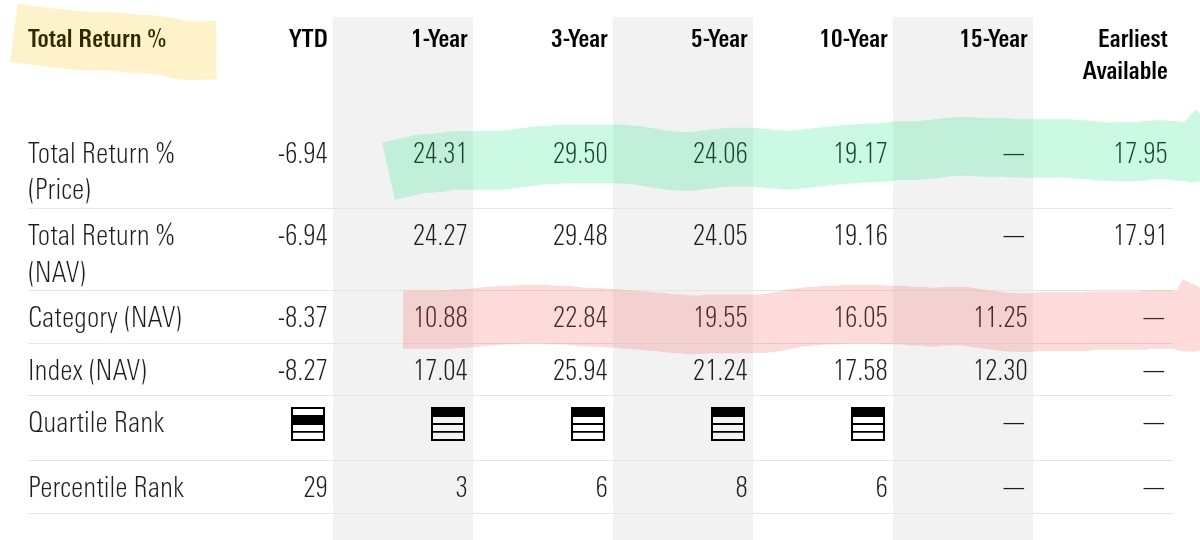William Bengen’s seminal study about 4.5% Safe Withdrawal Rate for 30 years of inflation adjusted retirement income
Most commonly used retirement income planning strategies use actual expences, which I believe is more practical and includes one's spending habits and chosen life style.
One of the most popular strategy uses 55/45 stock/bond conservative retirement portfolio equal to 22 times of desired initial yearly needed expences (after accounting social security benefits).
For example, say someone retires at age 67 and starts collection 50K social security benefit as joint household. With fully paid house, say household expences are 60K per year. So household needs remaining 10K from retirement portfolio to meet all expenses. Using above rule of 22, one just needs 220K (22*10K) portfolio to provide needed retirement income for rest of retirement years.
Now, let's visit other scenario where household wants to retire earlier, say by age 62. Social Security benefits are reduced (25%) to around 40K per year in that case. Now household needs retirement portfolio to provide remaining 20K income. One needs 440K (22*20K) portfolio for getting that 20K annual income.
Best part is that one can safely increase withdrawal amount every year for cost of living adjustment ( COLA), very similar to how social security payment adjusts annually with inflation.
Above 22 times of desired yearly withdrawal is based on famous 1994 study by well regarded researcher William Bengen. This approach has passed extreme scenarios such as unexpected crash (such as one in 2001 & 2008) immediately within couple of years after one starts withdrawal. One can continue withdrawing planned amount even though portfolio value is suddenly down by 40% (say due to severe crash) from initial value.
It is called safemax withdrawal strategy for a reason. It has safely survived even for worst case 16 years (1966-1982) stretch for stock market performance.
On Feb. 9, 1966, the S&P 500 closed at a then-record 94.06. More than 16 years later, on Aug. 12, 1982, it stood at 102.42. Corporate earnings, after inflation, shrank 15%, according to data from Yale University economist Robert Shiller.
Source: William Bengen’s seminal study in the October 1994 Journal of Financial Planning, “Determining Withdrawal Rates Using Historical Data - http://www.retailinvestor.org/pdf/Bengen1.pdf

Comments
Post a Comment